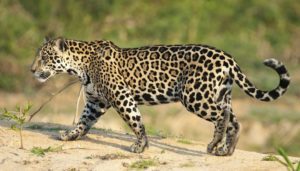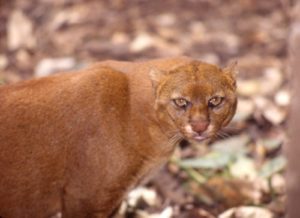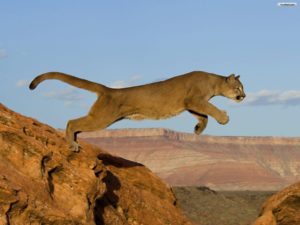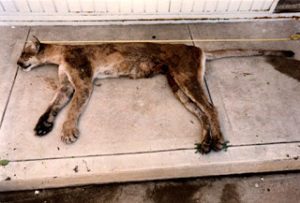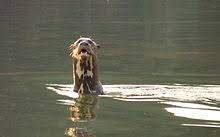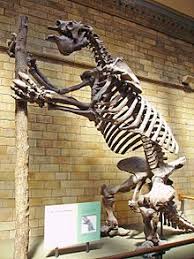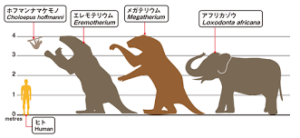Podcast: Play in new window | Download (Duration: 10:15 — 11.7MB)
This week we’re going to talk about stories of scientists, explorers, and other modern people eating meat from long-dead extinct animals. Did it ever really happen?
Check out the great new podcast Herbarium of the Bizarre! I highly recommend it even though they don’t eat any mammoth meat.
Further reading:
Was frozen mammoth or giant ground sloth served for dinner at The Explorers Club?
Study Proves the Explorers Club Didn’t Really Eat Mammoth at 1950s New York Dinner
Company Serves World’s First ‘Mammoth’ Meatball, but Nobody Is Allowed to Eat It
Don’t eat me bro:
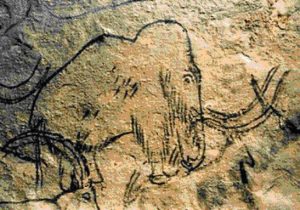
Blue Babe, a steppe bison mummy found in Alaska:
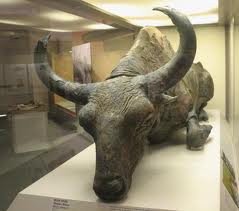
Show transcript:
Welcome to Strange Animals Podcast. I’m your host, Kate Shaw.
We’ve talked about mammoths and other ice age megafauna plenty of times before, but this week we’re going to learn something specific and really weird about these animals, although it’s more accurate to say we’re going to learn how weird humans are.
You may have heard this story before, or something similar to this story. A group of scientists in Siberia or Alaska have unearthed a mammoth carcass that’s been frozen in permafrost for at least 25,000 years. It’s in such good shape that the meat looks as fresh as a fancy restaurant steak that’s ready to go on the grill. At the end of a long day of using pickaxes to dig the mammoth out of ground frozen as solid as rock, the scientists are so hungry that when someone suggests they actually grill some mammoth meat, they all think it’s a good idea. The meat turns out to taste as good as it looks. Everyone has a big steak dinner, even the camp dogs, and when the expedition ends they not only have a mammoth to put on display in their museum, they have a great story to tell about a meal no human has eaten for thousands of years.
You may even have come across an event that inspired this particular story. The incredibly well preserved 44,000 year old Berezovsky mammoth was discovered in Russia in 1900 and excavated in 1901, and it’s now on display in the Zoological Museum in Saint Petersburg. Rumors persisted for years that the expedition members ate some of the mammoth meat, but while we don’t know exactly what happened, definitely no one actually sat down to have a yummy meal of mammoth steak.
It turns out that the meat did look appetizing when thawed, but stank like old roadkill. The expedition erected a big tent over the dig site as they excavated the carcass, which was a slow process in 1901, and the smell became so bad that the expedition members had to take frequent breaks and leave the tent for fresh air.
Apparently the scientists got drunk one night and dared each other to try a bite of the meat, but even after they practically covered it in pepper to disguise the taste, no one could force any down. One man might have managed to eat a single bite, but reports vary. They fed the meat to the camp dogs instead, who were just fine. Dogs and wolves have short, fast digestive tracts and can tolerate eating foods that would make humans very sick.
But that’s not the only story of modern humans eating meat from frozen mammoth carcasses. It supposedly happened on January 13, 1951 at the Roosevelt Hotel’s grand ballroom in New York City. A group called the Explorers Club met for their annual fancy dinner that evening, and as always, the menu contained lots of exotic foods. The main course has gone down in history as being slices of mammoth meat from a 250,000-year-old carcass found in Alaska.
That’s where things get confusing, though, because supposedly the main course was megatherium meat found in Alaska. Megatherium was a giant ground sloth that hasn’t ever been found frozen in permafrost at all, certainly not in Alaska. It lived in South America. However, the Christian Science Monitor magazine thought megatherium was another word for mammoth and reported that the group was served mammoth meat.
Some of the Explorers Club members genuinely thought they were dining on megatherium. Some may have thought it was mammoth. The club’s press release just said “prehistoric meat,” which doesn’t sound very appetizing.
An Explorers Club member who couldn’t attend the dinner asked that his portion be saved for him in a bottle of formaldehyde that he provided. This was done, and the promoter himself, Wendell Phillips Dodge, better known as Mae West’s one-time film agent, filled out the supplied specimen card as “megatherium meat.” The club member put his bottled meat on display at the Bruce Museum in Greenwich, Connecticut, where he worked.
There the bottle stayed until 2001, when it ended up at the Yale Peabody Museum of Natural History. In 2014, a couple of Yale students ran DNA tests on the meat.
As you may have already guessed, the meat wasn’t from a mammoth or a giant ground sloth. It’s meat from the decidedly not extinct green sea turtle, although the green sea turtle is endangered and protected these days, so don’t eat it. Since green sea turtle soup was also served at the meal, it’s probable that the leftover turtle meat was called megatherium meat as a sort of joke. Dodge even published a statement after the dinner that he’d discovered how to turn green sea turtle into giant sloth meat. But by then the story of mammoth meat being served at the dinner had already passed into history.
But while we don’t know if anyone in modern times has eaten frozen mammoth meat, we do know for certain that a group of scientists did eat the meat of a mummified steppe bison that died around 36,000 years ago.
The bison was discovered in 1979 in Alaska and was nicknamed Blue Babe, both from the folktales of the giant lumberjack Paul Bunyon and his pet, Babe the Blue Ox, and because the mummy was coated in crystals of vivianite, which turns blue when exposed to oxygen. Eventually Blue Babe was taxidermied and put on display in the University of Alaska Museum at Fairbanks.
At some point, the team in charge of the specimen decided to try some of its meat in a stew, which from all accounts turned out okay and didn’t make anyone sick. The scientists examined the meat carefully before deciding to cook and eat it, and decided that it was basically freezer-burned but not actually rotten.
Dale Guthrie was part of the Blue Babe excavation team. I’ll quote the relevant paragraph from page 29 of her booklet Blue Babe. The Bjorn Kjurten mentioned in the quote is the man who helped preserve the mummy, and he was also the guy who interviewed one of the Russian scientists who tried to eat mammoth meat with pepper.
“To celebrate Eirich’s work and the new Blue Babe, we decided to cook a bison stew. A marvelous bit of luck had brought Bjorn Kjurten to Fairbanks for guest lectures, and we invited other friends who were game enough to try the stew. Spring was underway. With a good burgundy to brave the rather muddy tone of the dish, we toasted the past and present in the long evening twilight, a taste of the Pleistocene with friends who shared and added to it with their talents and imagination. It was a special evening.”
Guthrie reported that the meat wasn’t very good, but that anything is edible if you use enough onions.
In March of 2023, a company that produces lab-grown meat for human consumption made a giant meatball grown from mammoth DNA. They displayed it as a way to advertise the possibilities of lab-grown meat, but because this particular meat hasn’t been tested to make sure it’s safe for people to eat, no one was allowed to eat it. But maybe in the future, you’ll be able to order a mammoth steak from your local restaurant. Let me know what it tastes like.
You can find Strange Animals Podcast at strangeanimalspodcast.blubrry.net. That’s blueberry without any E’s. If you have questions, comments, or suggestions for future episodes, email us at strangeanimalspodcast@gmail.com. We also have a Patreon at patreon.com/strangeanimalspodcast if you’d like to support us for as little as one dollar a month and get monthly bonus episodes.
Thanks for listening!
